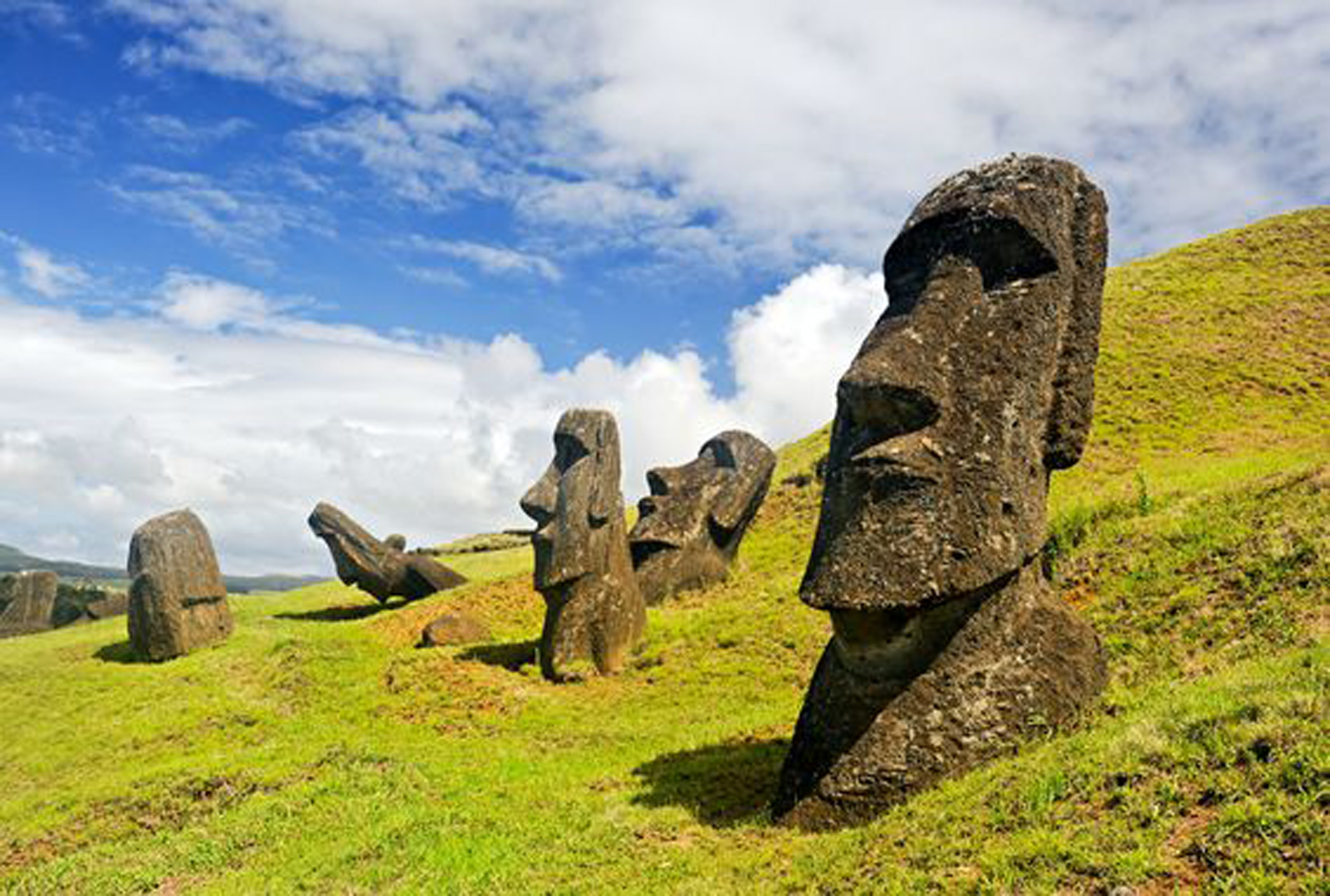

The Colosseum is a site like no other. Beyond a shadow of a doubt, nothing represents the sheer power and magnificence of the Roman Empire like this stunning piece of ancient architecture. The Colosseum, or ‘Colosseo’ in Italian, was once the largest amphitheatre in the Roman Empire. It was built in the 1st century AD by the Emperor Vespasian as a place for the people of Rome to enjoy. Originally named the Flavian Amphitheatre after Vespasian’s family name, the man who brought the Roman Empire back from the brink would not live to see its completion. The construction of the Colosseum was very much a symbolic gesture to create a clear distinction between Vespasian and his predecessor, Nero. Nero had committed suicide after suffering military coups, partially a result of his extravagance, which included building the opulent Golden House and a vast statue of himself. By contrast, Vespasian was building the Colosseum for the citizens of Rome. As if to emphasise this point, the Colosseum was built in the former gardens of Nero’s palace over the site where Nero’s colossal statue had stood. Completed in 80 AD, the Colosseum was opened with great fanfare by Titus, Vespasian’s son and successor. He marked the opening of the Colosseum with one hundred days of games, including stunning battle recreations on artificial lakes of water. The fact that the Colosseum was completed by this date was particularly impressive considering the building’s incredible complexity, vast size and the fact that Vespasian only came to power in 69 AD. Even despite the short timescale of the build, the result was spectacular. Not only was the Colosseum able to take up to 50,000 spectators, it was also perfectly symmetrical, ornately decorated in marble and stone and an incredible feat of engineering. The Colosseum remained the amphitheatre of Rome until the end of the Roman Empire. This was the place where gladiators, lions and those accused of crimes were put to the test, often fighting to the death.
| 1 | Build | : | 1st century AD | ||
|---|---|---|---|---|---|
| 2 | Completed | : | in 80 AD | ||
| 3 | Builder | : | Vespasian, Titus | ||
| 4 | Entrances | : | 80 entrances | ||
| 5 | Height | : | 50m height | ||
| 6 | Width | : | 156m wide |

Located in the southeastern Pacific Ocean, Easter Island, also known as Rapa Nui, is famous for immense, carved stone statues called moai. A completed moai is made of three parts: a large yellow body, a red hat or topknot (called pukao), and white inset eyes with a coral iris..
Read More